Special Report
Scientific Breakthroughs That Changed the Course of History
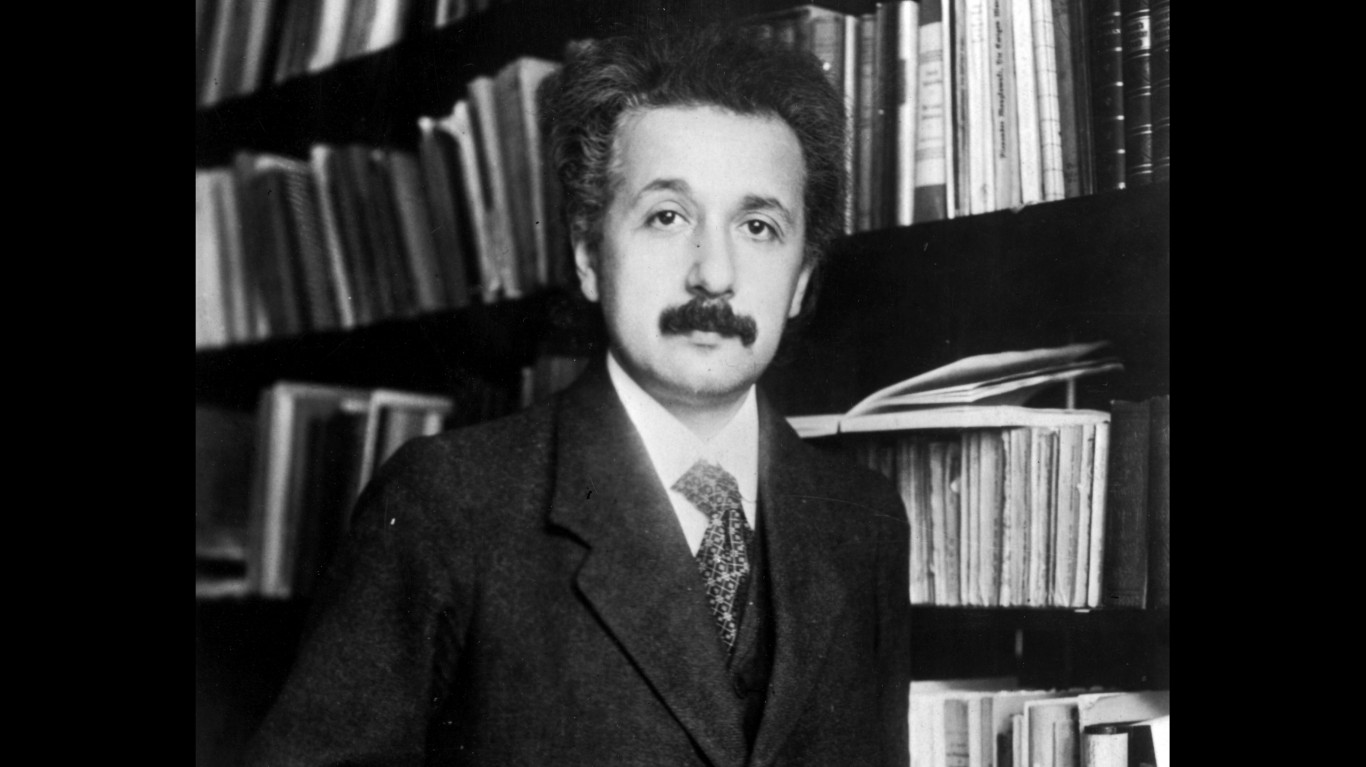
Published:

In 2022, Alain Aspect, John Clauser, and Anton Zeilinger were awarded the Nobel Prize for the first proof of quantum entanglement, a notion that Albert Einstein referred to as “spooky action at a distance.” This science first could massively impact the field of quantum computing, which uses quantum mechanics to solve problems that traditional computers can’t handle.
Many scientific discoveries other than this one have or have had the capacity to change the course of history. Among other things, they have extended human life, harnessed energy, and provided an understanding of the evolution of the universe. (Read about some accidental discoveries that have changed the world.)
To assemble a list of discoveries that changed the course of history, 24/7 Tempo drew on a variety of scientific and general interest sources, including The Science Times, Famous Scientists, NASA, Discover Magazine, Smithsonian Magazine, Britannica, and PBS. This is not intended to be a comprehensive list, but a snapshot of discoveries or breakthroughs that we determined by editorial discretion, informed by the sources we consulted, to be of particular importance. We limited the number of discoveries concerning outer space because they have been covered in more detail in previous lists.
From revelations that influenced human health to technological advances to such universal basics as gravity and electricity, the discoveries on our list occurred across a variety of scientific fields. Some involved medicine and well-being, such as the discovery of penicillin. Others were biology-focused, while a number were made within the fields of physics and space. (These are the most important events in NASA’s history.)
The 1800s saw nine key discoveries, among them the principles behind the battery and the electric generator. Another 11 occurred during the 20th century, including nuclear fission and continental drift.
Click here to see famous scientific discoveries that changed history forever
The scientific method encourages continual experimentation on existing theories, which sometimes disproves or alters our understanding of earlier results. For example, Albert Einstein’s work on the theory of relativity challenged Isaac Newton’s earlier understanding of physics.

Relation between the surface and volume of a sphere and its circumscribing cylinder
> Year of discovery: 3rd century BC
> Person(s) involved: Archimedes
Archimedes was a Sicilian-born Greek mathematician and engineer who made multiple contributions to his field, including the hydrostatic principle. One of Archimedes most famous achievements was his recognition of the mathematical relationship between the surface and volume of a sphere and the cylinder that circumscribed it – a discovery considered a landmark in the history of mathematics. Among other applications, his formulation allows calculation of the volume and surface area of planetary bodies.
[in-text-ad]
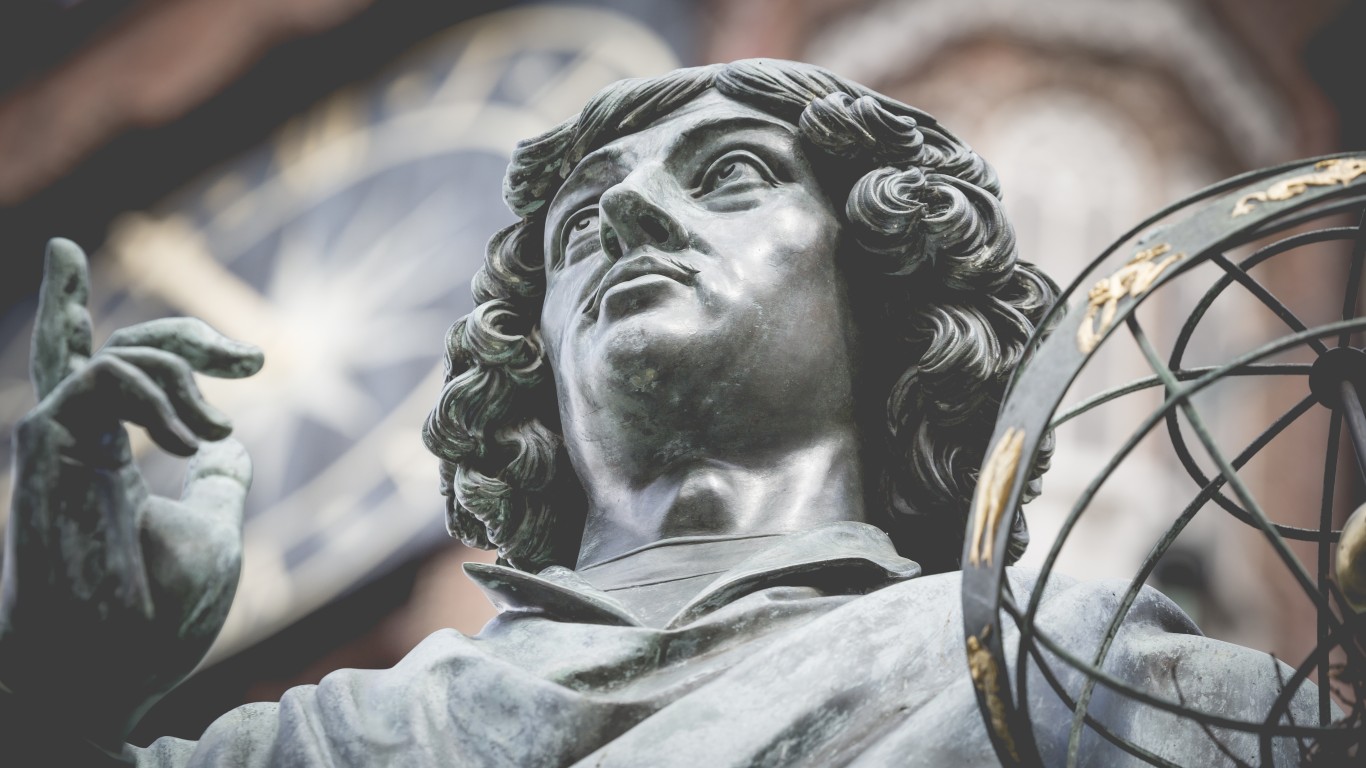
Revolution of the earth around the sun
> Year of discovery: 1543
> Person(s) involved: Nicolaus Copernicus
Prior to Nicolaus Copernicus, it was widely believed that the universe was geocentric, meaning that the earth was the center of the universe. Despite the fact that it challenged the teachings of the Catholic Church, Copernicus published his book “On the Revolutions of the Heavenly Spheres,” stating that the earth actually orbits around the sun. While many years passed before this was widely accepted, Copernicus’ discovery was a game changer, launching the so-called Copernican Revolution in science. Galileo eventually proved Copernicus right, 67 years after his death.
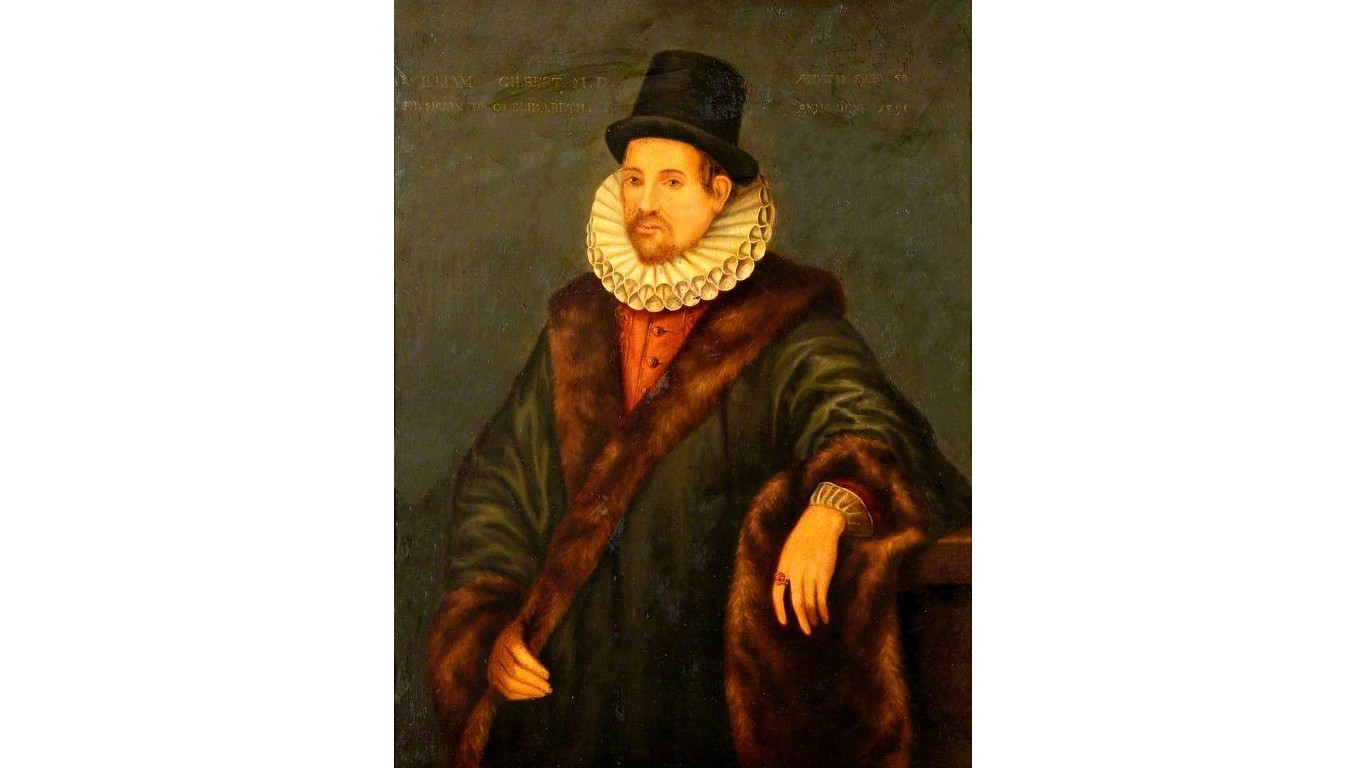
Electricity
> Year of discovery: 1600
> Person(s) involved: William Gilbert
William Gilbert was a British scientist who was interested in magnetism, static electricity, and electric fields. It was Gilbert who came up with the name “electric,” from the Greek word for amber. He invented a machine called a versorium which could detect electrostatic charge. He also determined that the earth was magnetic.
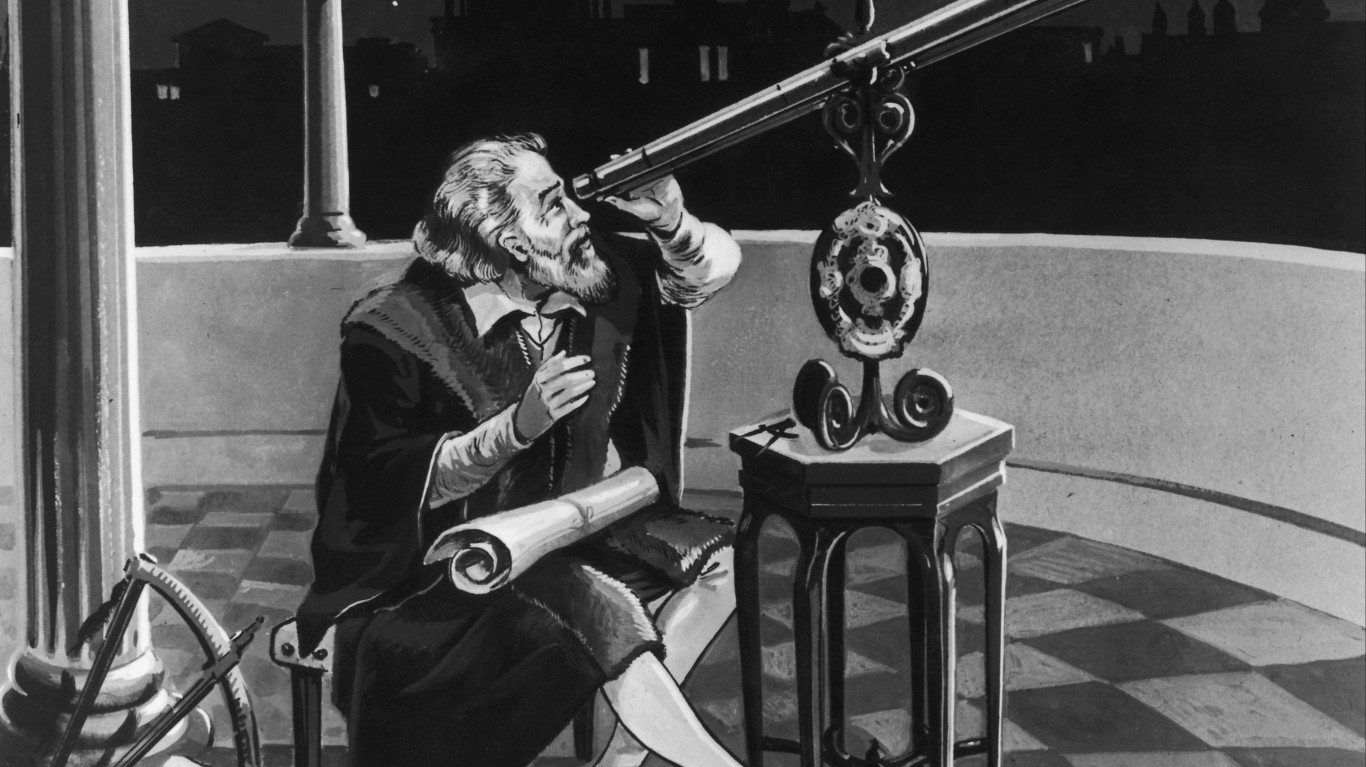
Details of the lunar surface
> Year of discovery: 1610
> Person(s) involved: Galileo Galilei
Prior to the 1600s, no one had ever seen the surface of the moon in detail. Galileo Galilei made many contributions to the study of the universe, but his improvement upon an existing telescope design provided visual evidence of the lunar surface that had been previously unattainable.
[in-text-ad-2]

Circulatory system
> Year of discovery: 1628
> Person(s) involved: William Harvey
William Harvey is considered one of the founders of physiology. He dared to challenge 1,500 years of the widely held but incorrect medical teachings of the ancient Greek physician Galen. Harvey established that the circulatory system involves the contraction of the heart, and used quantitative measurements to explore the movement of blood throughout the body.
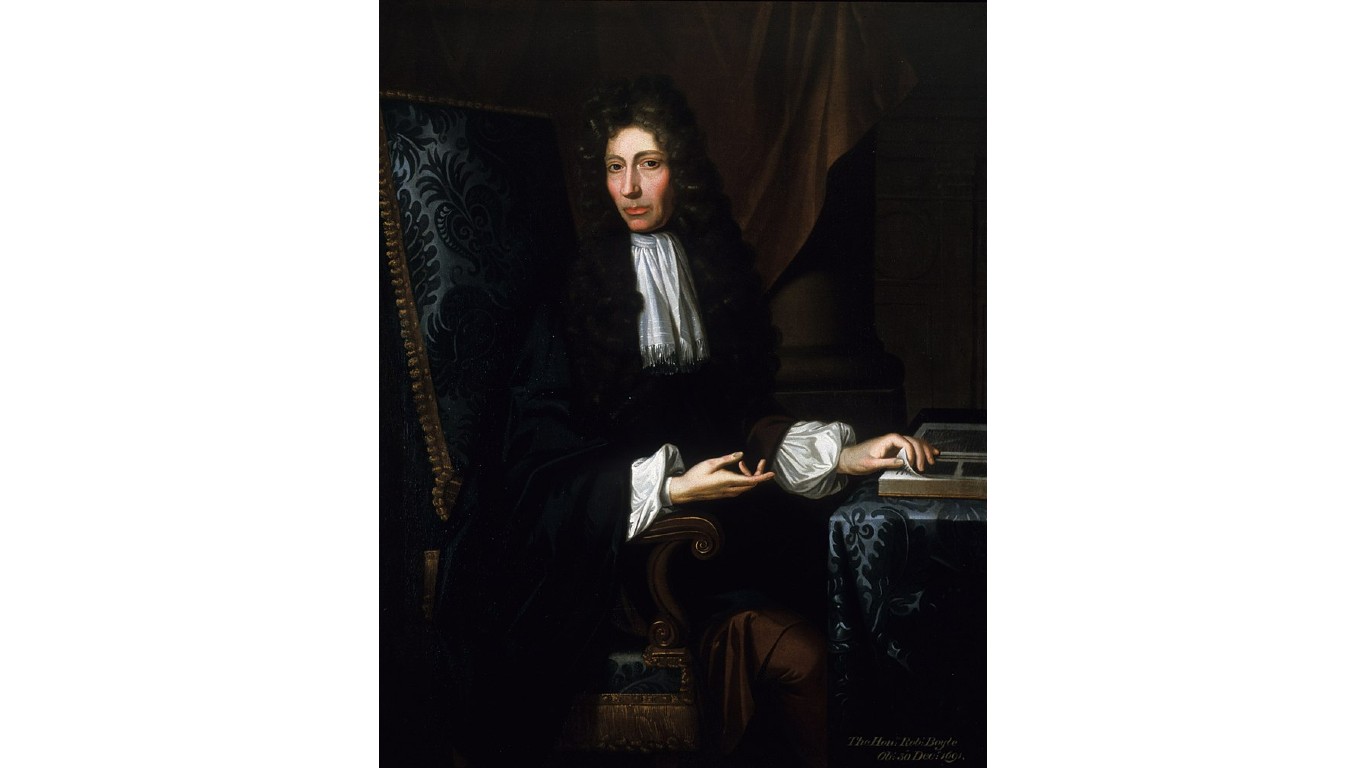
Chemical elements
> Year of discovery: 1661
> Person(s) involved: Robert Boyle
Robert Boyle made many important contributions to the field of chemistry, including Boyle’s Law, which relates gas and pressure; the invention of a lab vacuum chamber; and the use of litmus tests. However, one of Boyle’s biggest contributions lies at the foundation of modern chemistry: his definition of a chemical element. Boyle stated that any element is a substance which cannot be broken down any further.
[in-text-ad]
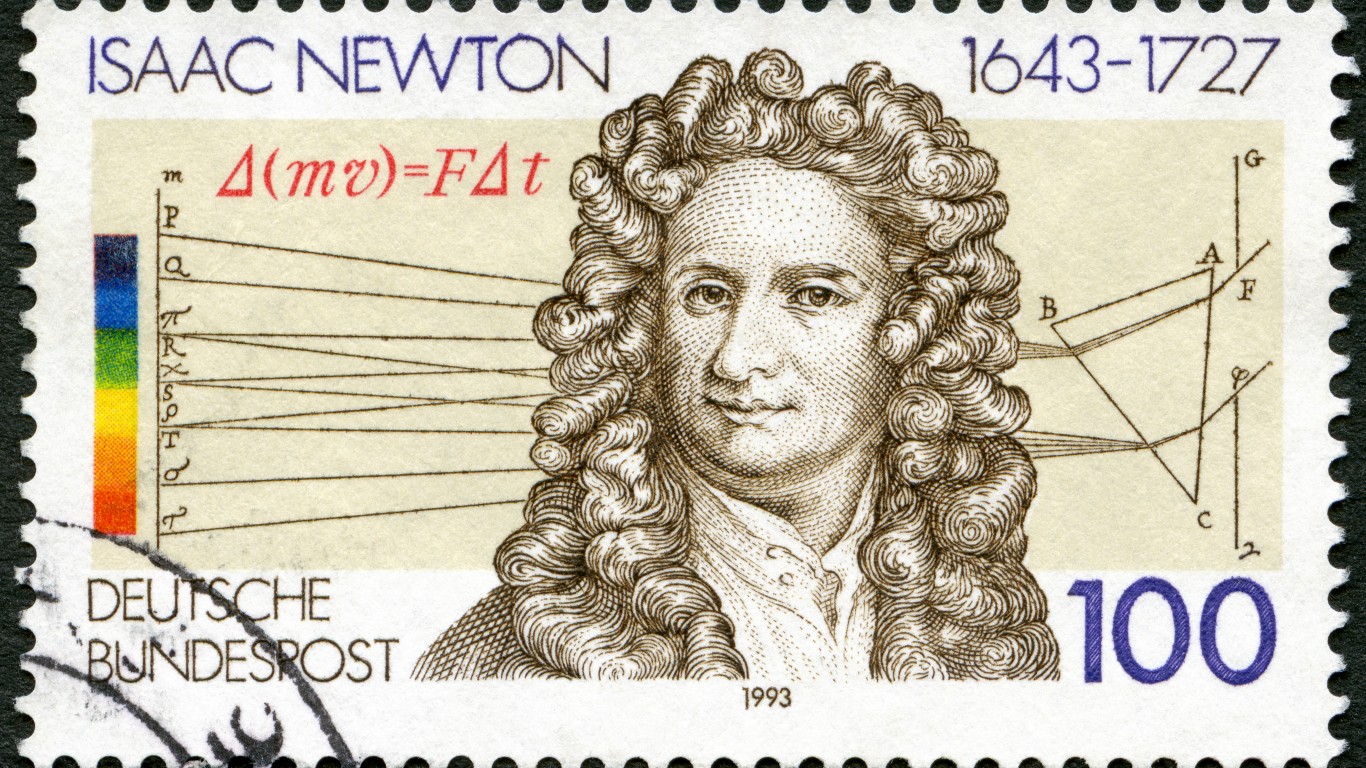
Gravity
> Year of discovery: 1687
> Person(s) involved: Isaac Newton
Many have heard the story of Isaac Newton getting hit in the head with an apple, inspiring his world-altering idea of the influence of the pull of gravity on the movement of objects on earth and in the heavens. Newton, considered one of the most influential scientists of all time, didn’t really get hit on the head, but seeing an apple fall to the ground was a point of inspiration for his big idea.
Vaccine
> Year of discovery: 1798
> Person(s) involved: Edward Jenner
In 1796, British scientist and physician Edward Jenner noticed that milkmaids seemed to be immune to smallpox, a scourge then decimating Europe, and theorized that their exposure to a related but less dangerous disease, cowpox, might be granting them immunity. His experiments proved that having cowpox could indeed stave off the graver illness. Jenner’s discovery opened up a new world of disease prevention, leading to the development of more vaccines for other diseases and extending human life.
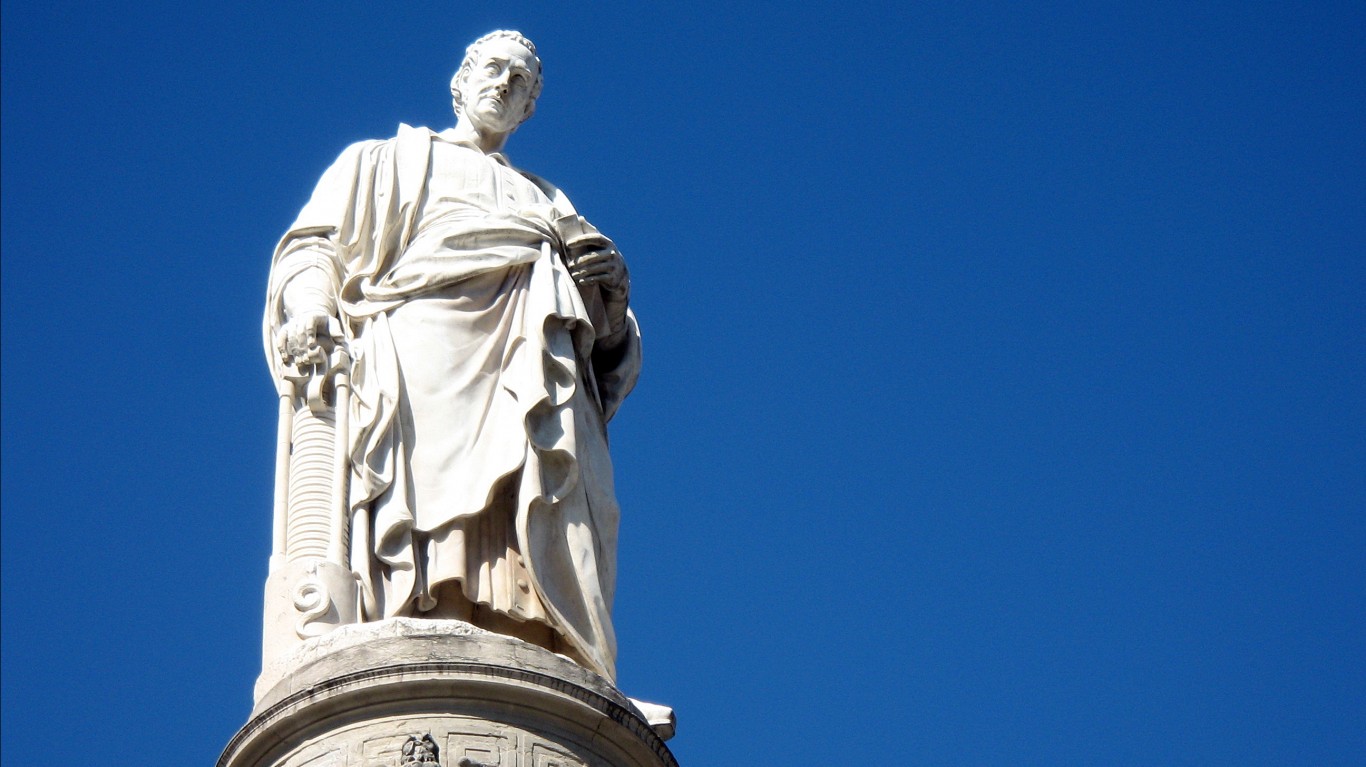
Chemical generation of electricity
> Year of discovery: 1800
> Person(s) involved: Alessandro Volta
Alessandro Volta was an Italian physicist and chemist who determined that electricity – previously thought to be produced only by living beings – could be generated by an object with a zinc pole and a copper pole, which could sustain power through the transfer of electrons. This simple idea led to the development of the battery. (Volta also discovered methane gas.)
[in-text-ad-2]

Dinosaurs
> Year of discovery: 1824
> Person(s) involved: William Buckland
In 1811, “fossilist” Mary Anning and her brother unearthed the fossilized bones of what became known as an “Ichthyosaur” on the Dorset coast, and she later found other skeletons of huge, extinct animals. However, the first complete account of a “dinosaur” – the word, meaning “terrible lizard,” had not yet been coined – was written by paleontologist/geologist William Buckland in 1824. He attributed the bones, discovered near Oxford, to a giant reptile he called a Megalosaurus. This and other similar fossils discovered were grouped together by scientist Richard Owen in 1842 under the name “Dinosauria” – giving us the familiar modern term for the beasts.
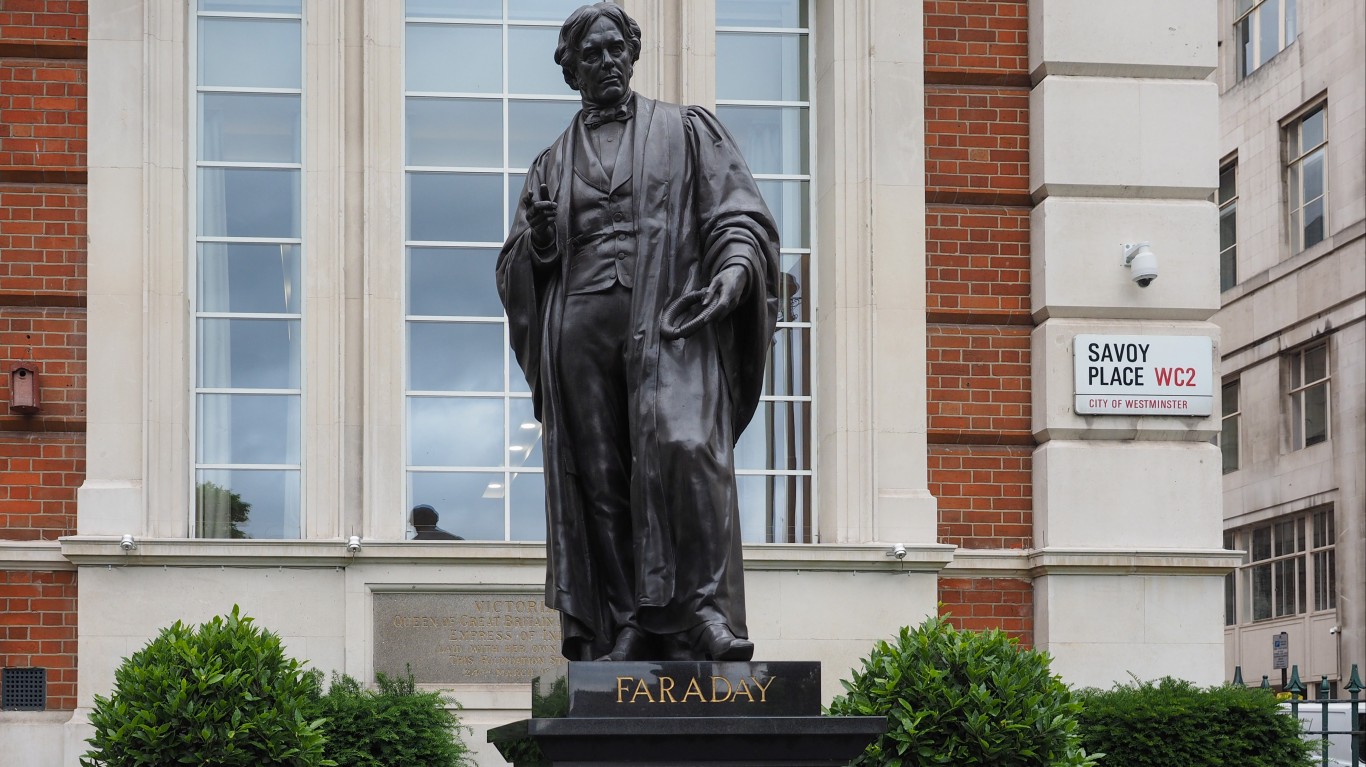
Electromagnetic induction
> Year of discovery: 1831
> Person(s) involved: Michael Faraday
Michael Faraday was an English scientist who made countless contributions to the fields of electrochemistry and electromagnetism. One of the most significant was his discovery of the principles of electromagnetic induction, the current produced by a changing magnetic field – key to the functioning of electric motors, transformers, and generators. (Party-givers should also thank Faraday for having invented the plastic balloon, which he used for scientific experiments.)
[in-text-ad]
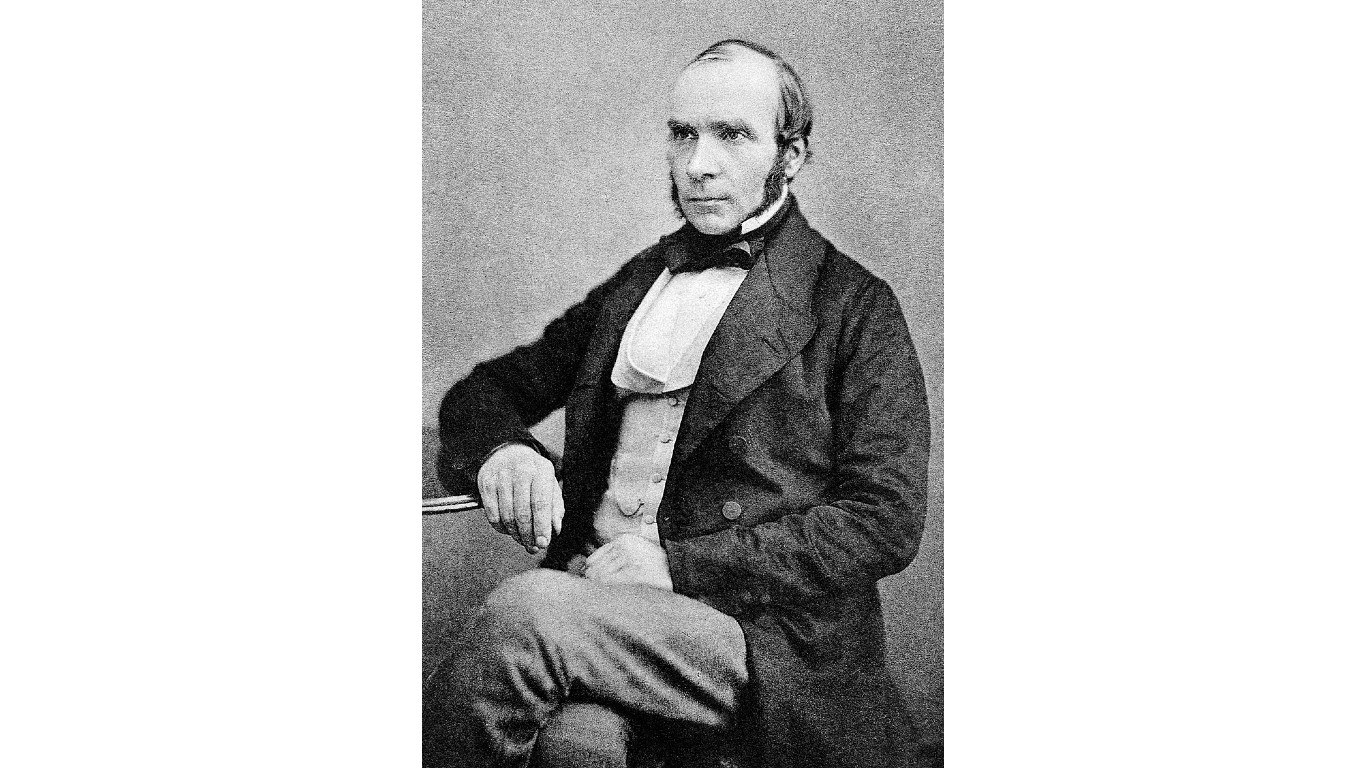
Origin of cholera
> Year of discovery: 1854
> Person(s) involved: John Snow
John Snow, not to be confused with the “Game of Thrones” character of the same name, is considered the founder of epidemiology. By pinpointing cholera cases on a map of London, Snow found that clusters were popping up around a water pump on Broad Street. This pump drew from a dirtier source than those where cholera case counts were lower, indicating that contaminated water – not “bad air” as the common wisdom of the time had it – was responsible for transmitting the disease.

Greenhouse effect
> Year of discovery: 1856
> Person(s) involved: Eunice Foote
Eunice Foote was the first scientist to pen a paper on the phenomenon of global warming. Foote, a scientist and womens’ rights activist, determined that atmospheric gasses would heat up when exposed to sunlight, leading to an increase of carbon dioxide and global temperatures, and climate change.
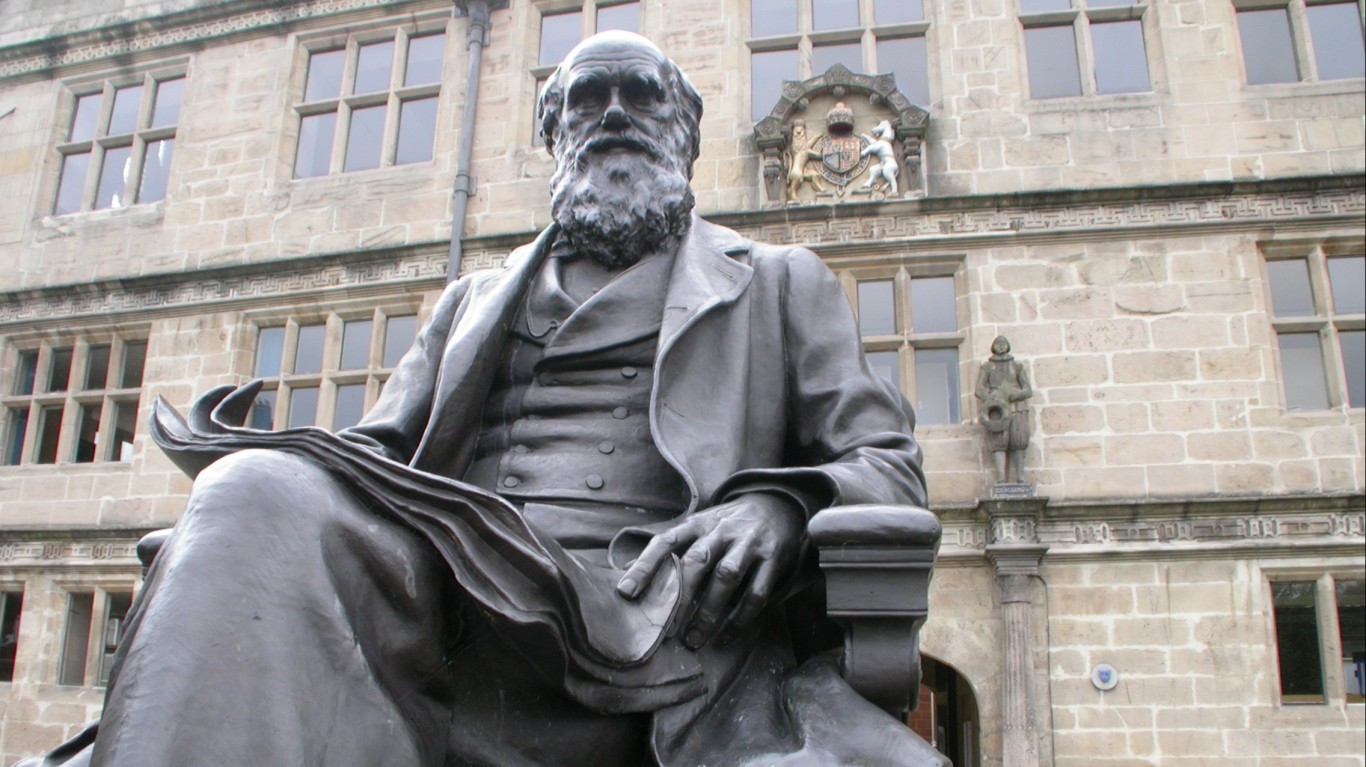
Evolution by natural selection
> Year of discovery: 1858
> Person(s) involved: Charles Darwin
Natural selection is the process by which species who are better suited to their environment survive and produce similarly suited offspring, while species with less favorable attributes die out. Charles Darwin came up with this origin theory through his species observations on the Galapagos Islands. His views on evolution gave rise to new fields of biology, and enhanced the understanding of our origins.
[in-text-ad-2]

Germ theory
> Year of discovery: 1861
> Person(s) involved: Louis Pasteur
Scientist Louis Pasteur’s name is remembered in the renowned Institut Pasteur in Paris and the process of pasteurization, which makes milk safe to drink. Pasteur connected microorganisms to both fermentation and disease – positively impacting the wine and beer industries and, more important, legitimizing the germ theory of disease. Pasteur also created vaccines against rabies, anthrax, and fowl cholera.

DNA
> Year of discovery: 1869
> Person(s) involved: Friedrich Miescher
In 1869, Frederich Miescher, a Swiss scientist, confirmed a substance that other scientists had long been curious about: DNA (short for deoxyribonucleic acid). DNA, a polymer, is the genetic material that encodes protein and carries genetic information. A previous experiment by Avery, MacLeod, and McCarty demonstrated that DNA was associated with heredity, but Miescher’s work solidified the polymer’s role.
[in-text-ad]

X-ray
> Year of discovery: 1895
> Person(s) involved: Wilhelm Conrad Rontgen
X-rays are used in an imaging technique using the wavelength range present within electromagnetic radiation to allow doctors to diagnose a variety of conditions under the skin and TSA agents to see what’s in your carry-on. Though earlier scientists had noticed an unfamiliar kind of radiation coming from cathode tubes, the German mechanical engineer and physicist Wilhelm Conrad Rontgen was the first to recognize and isolate what he described as “a new kind of ray.”

Theory of relativity
> Year of discovery: 1905
> Person(s) involved: Albert Einstein
While Newton’s discovery of gravity caused a powerful shift in the scientific community, Albert Einstein discovered that there were issues with the Newtonian line of thinking. Einstein proposed his theory of relativity in 1905, which posited that extremely massive objects, such as black holes, would distort time and space.

Antibiotics
> Year of discovery: 1909
> Person(s) involved: Paul Ehrlich
Have you ever had a cough that just won’t go away, or an infection from a wound? Before antibiotics were discovered by Paul Ehrlich, illnesses that are considered less severe now would often lead to death. By observing that chemical dye stained some bacterial cells and not others, Erlich postulated that chemicals could be used to zone in on bacterial cell destruction while not causing harm to beneficial cells. This led Erlich to create the first antibiotic, a treatment for syphilis called arsphenamine.
[in-text-ad-2]
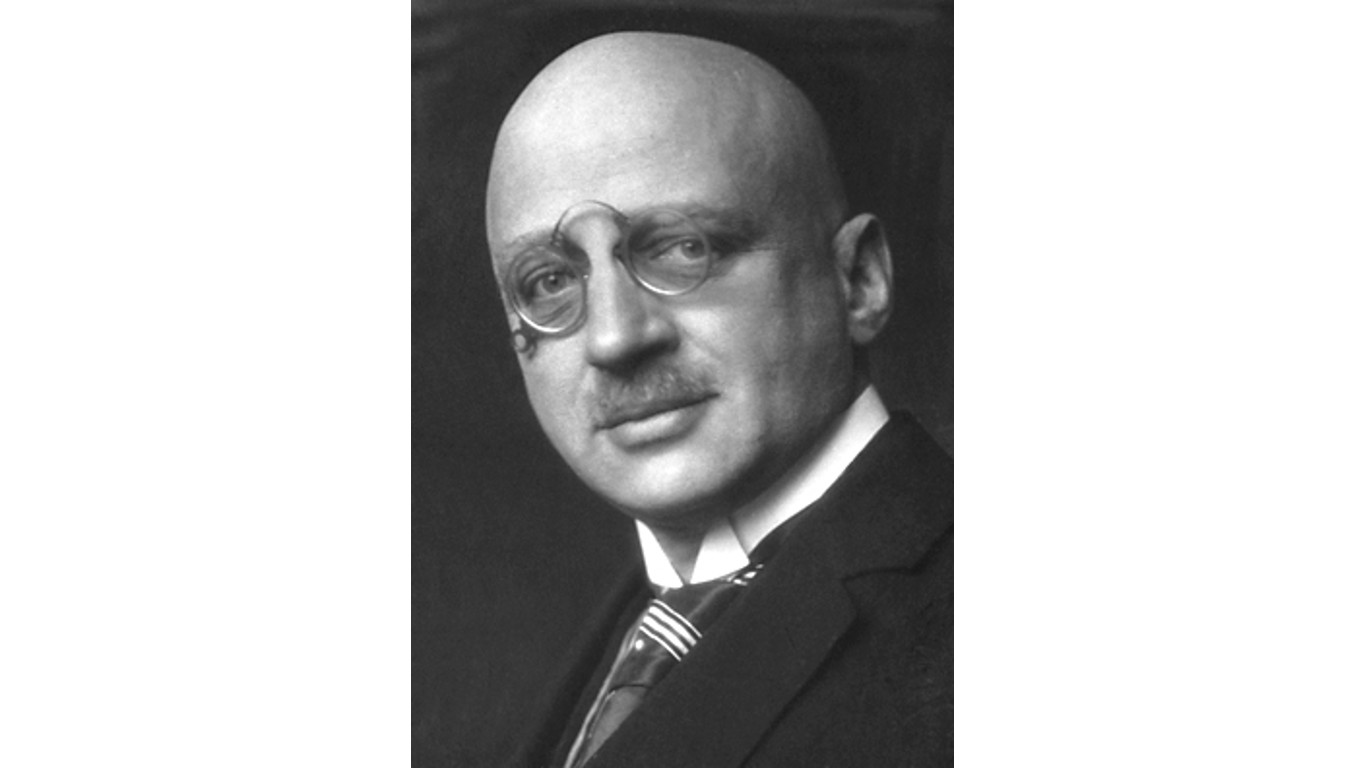
Synthetic fertilizer
> Year of discovery: 1909
> Person(s) involved: Fritz Haber and Carl Bosch
Agriculture depends on nitrogen in order to fertilize crops. While there is an abundance of nitrogen in the atmosphere, plants cannot absorb it directly. Instead, the nitrogen must be “fixed” through a series of natural processes. The Haber-Bosch process, created by chemists Carl Bosch and Fritz Haber, allowed for synthetic nitrogen fixation. This process exponentially increased the amount of food that could be grown, earning Bosch the Nobel Prize in 1931.

Distance to the stars
> Year of discovery: 1912
> Person(s) involved: Henrietta Leavitt
Henrietta Leavitt was one of the few female scientists to study space in the early 1900s. She was hired as a “computer,” where she spent long hours looking through images of space to find relationships between the brightness of stars. She found that certain stars maintained their brightness level, and these could be used to find fixed distances in space. Her work was later used by Edwin Hubble to determine that the universe was expanding.
[in-text-ad]

Continental drift
> Year of discovery: 1915
> Person(s) involved: Alfred Wegener
Continental drift refers to the movement of the continents over millions of years. German meteorologist Alfred Wegener used five pieces of evidence to determine that continental drift had occurred: jigsaw fit, tectonic fit, fossil evidence, geologic fit, and glacial evidence. His theory was not accepted for nearly a century.

Penicillin
> Year of discovery: 1928
> Person(s) involved: Alexander Fleming
While some may think of fungus as an enemy, the fungal genus Penicillium has saved millions of human lives, thanks to Alexander Fleming. Fleming’s discovery was an accident: Upon returning from vacation, he found Penicillium mold growing on a bacterial sample petri dish in his lab, but observed that the bacteria would not grow wherever the mold was present. This led to his development of penicillin, an antibiotic derived from the fungus, which is used to treat a plethora of bacterial infections.
Nuclear fission
> Year of discovery: 1938
> Person(s) involved: Lise Meitner, Otto Hahn, and Fritz Strassmann
Nuclear fission involves breaking the nucleus of an atom into multiple smaller nuclei, consequently releasing a huge amount of energy. In 1938, Lise Meitner, Otto Hahn, and Fritz Strassmann realized that uranium atoms could be split to enable nuclear fission to occur. By the following year, scientists had already begun to consider how to harness this technology to make a bomb.
[in-text-ad-2]
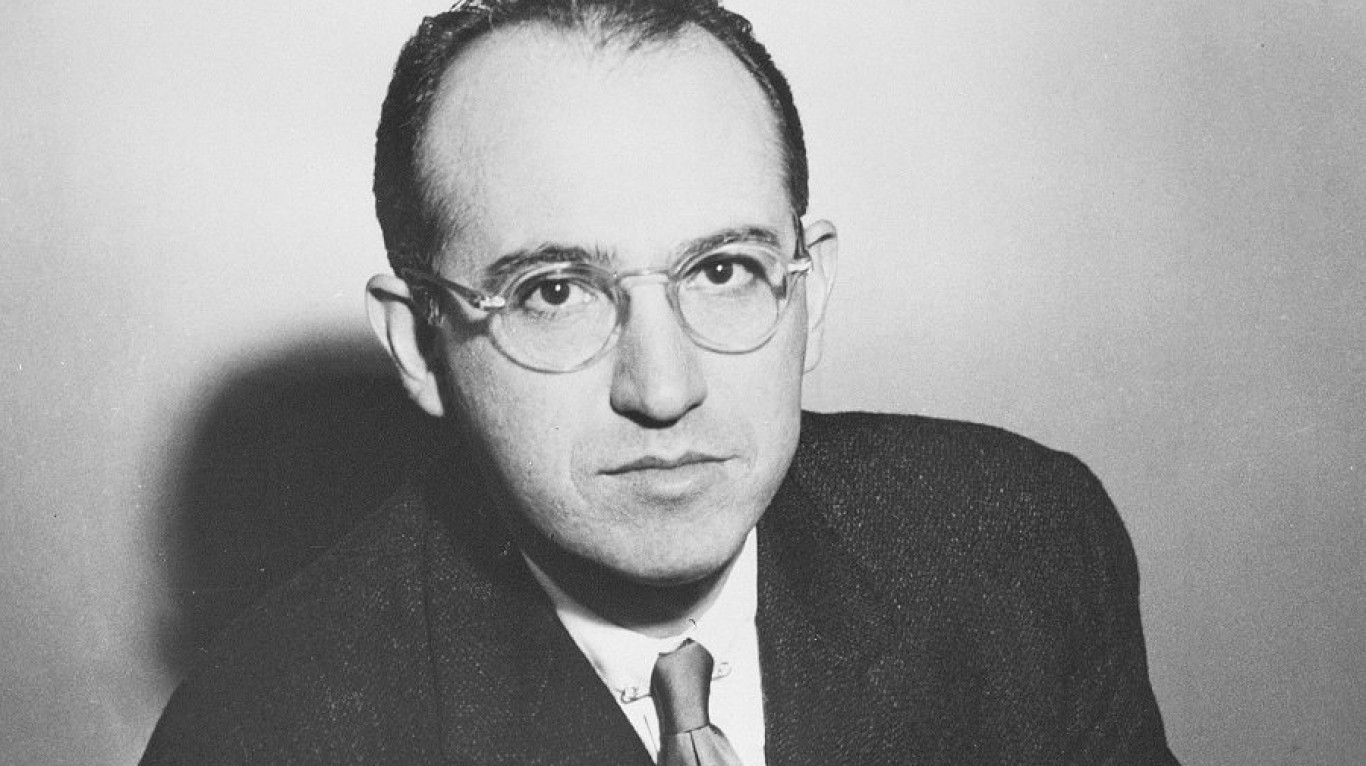
Polio vaccine
> Year of discovery: 1952
> Person(s) involved: Jonas Salk
The world has recently seen a reemergence of polio, a disease which was prevalent, and devastating, during the 20th century. – causing paralysis in both children and adults. Though earlier attempts to develop a vaccine dated back to the 1930s, Jonas Salk, a physician and researcher at the University of Pittsburgh, discovered a way to create a viable one in 1952. By 1955, the vaccine was released to the public, nearly eradicating polio in the United States – until recently.
DNA helix structure
> Year of discovery: 1953
> Person(s) involved: Rosalind Franklin, Francis Crick, and James Watson,
Rosalind Franklin was a scientist working on X-ray crystallography, a process which helps visualize structures of microscopic materials. Meanwhile, Francis Crick and James Watson were attempting to determine the structure of DNA. Watson and Crick learned of Franklin’s research, and used it to help determine the double-helix structure of DNA. Sadly, only Watson and Crick were credited when winning the Nobel Prize, despite Franklin’s major contribution to the discovery.
[in-text-ad]
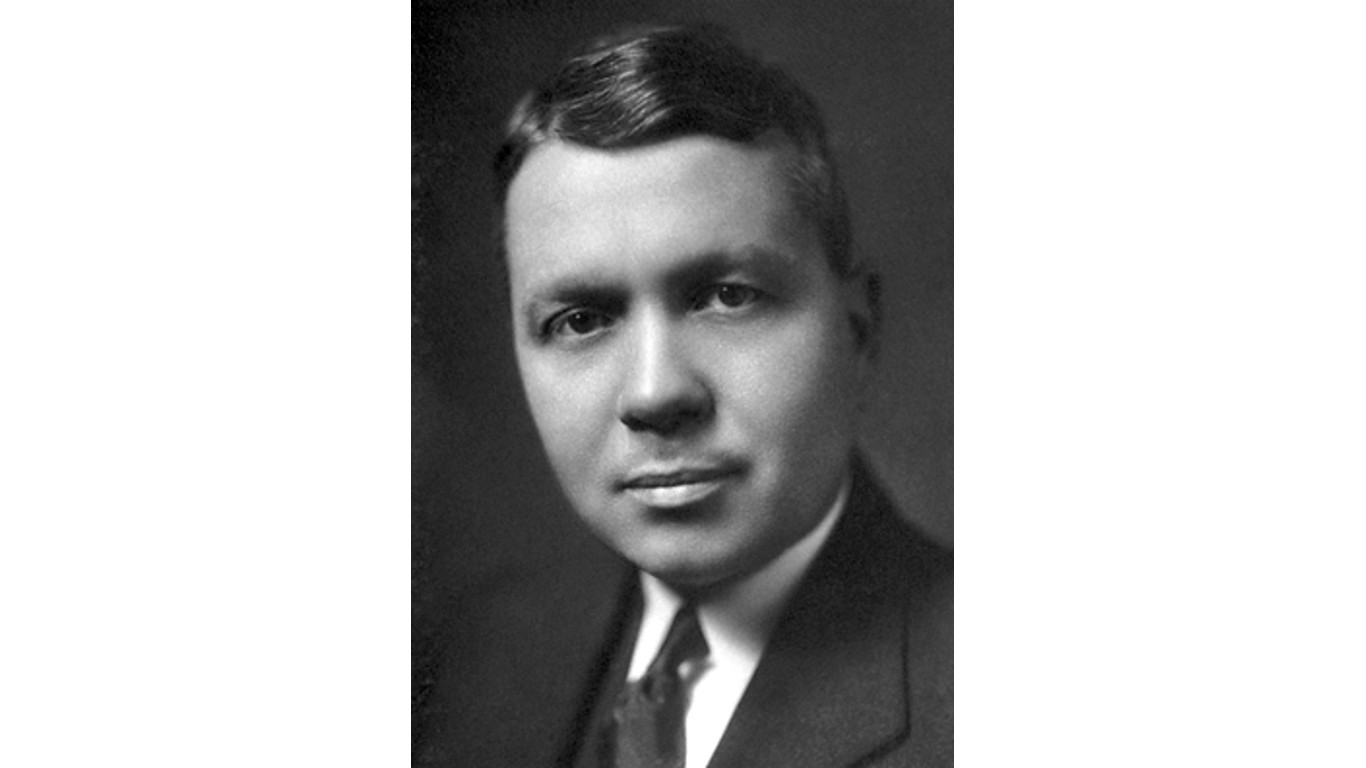
Amino acids
> Year of discovery: 1953
> Person(s) involved: Stanley Miller and Harold Urey
Stanley Miller and Harold Urey set out to emulate conditions on earth in its early days, and determine how life could have formed prior to the production of oxygen. This experiment gave a concrete understanding of chemical reactions that create amino acids, some of the building blocks of life.
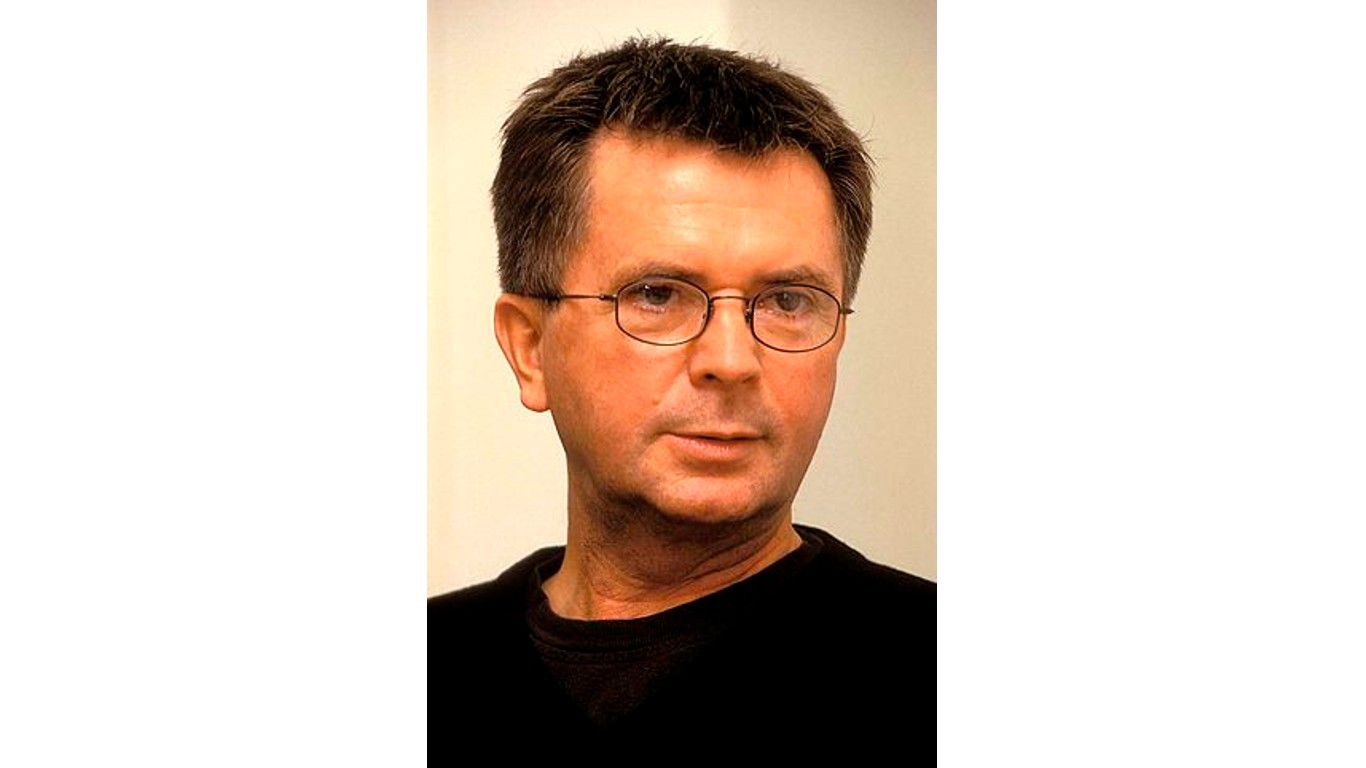
Exoplanets
> Year of discovery: 1992
> Person(s) involved: Aleksander Wolszczan and Dale Frail
Exoplanets are any planets that exist beyond our solar system, two of which were discovered by Aleksander Wolszczan and Dale Frail in 1992. These rocky bodies orbit pulsars, or neutron stars. They’re located about 1,170 light years from earth, and scientists who have studied them do not believe they are capable of supporting organic life due to their constant exposure to solar radiation.
Human genome sequencing
> Year of discovery: 2003
> Person(s) involved: Human Genome Project
As the field of genetics evolved, many scientists hoped to sequence the entire human genome, a feat which seemed impossible prior to the aid of technology. In 2003, the Human Genome Project successfully sequenced nearly 90% of the human genome thanks to a huge collaborative effort across scientific disciplines and teams. The project also raised important questions about bioethics.
[in-text-ad-2]
Australopithecus sediba
> Year of discovery: 2008
> Person(s) involved: Matthew Berger
Australopithecus sediba appears to have been part human, part ape, helping to fill in a blank in human evolution. Matthew Berger, the son of paleoanthropologist Lee Berger, found an intact skeleton of the species, nearly two million years old, in Malapa, South Africa, in 2008.
Higgs boson
> Year of discovery: 2012
> Person(s) involved: CERN
Some call the Higgs boson “the God particle,” for its theoretical role in the “Big Bang” that created our universe. The Higgs boson is a particle that bestows mass to other subatomic particles. In 2012, CERN, the European Council for Nuclear Research, observed the Higgs boson for the first time. Scientists at CERN used the Large Hadron Collider, a machine capable of detecting subatomic particles, to make this observation.
[in-text-ad]
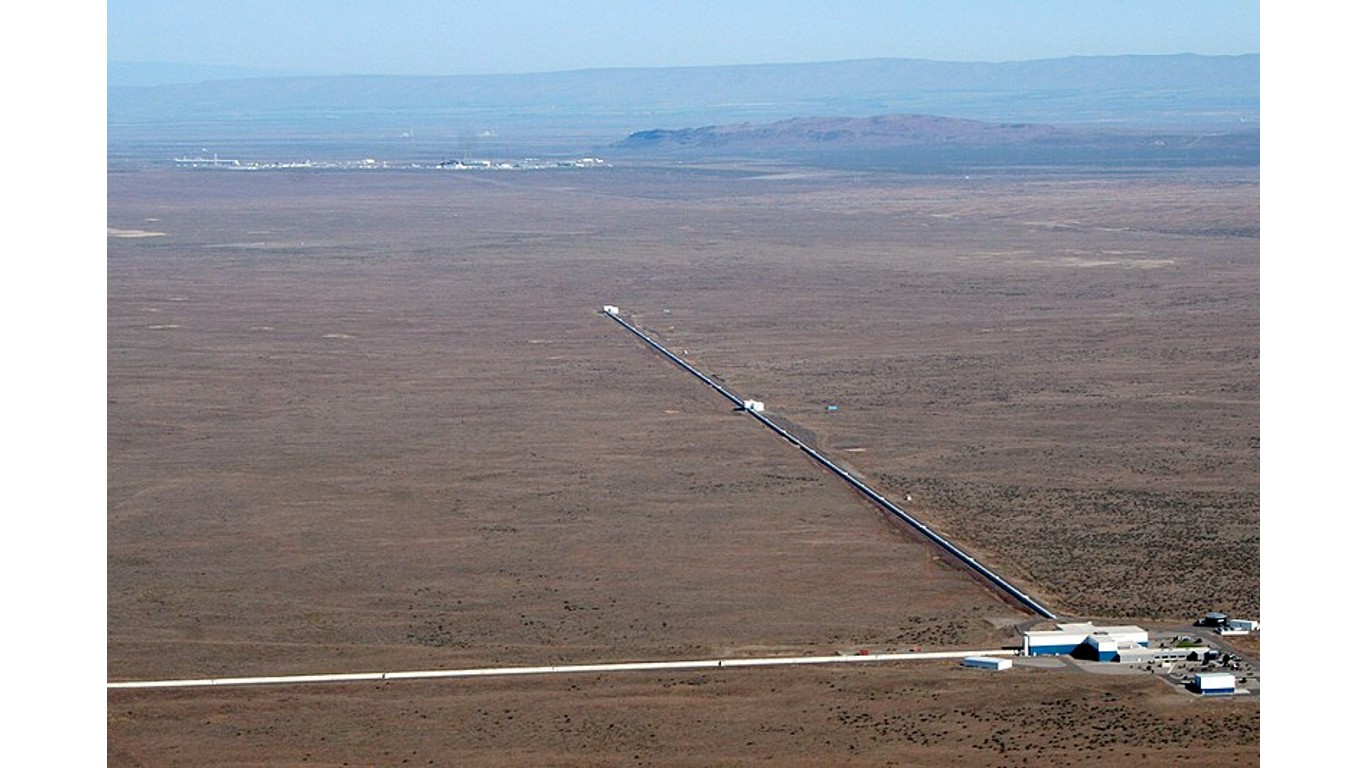
Gravitational waves
> Year of discovery: 2015
> Person(s) involved: Laser Interferometer Gravitational-Wave Observatory
In 2015, scientists at the Laser Interferometer Gravitational-Wave Observatory, a joint project between Caltech in California and MIT in Massachusetts, observed gravitational waves for the first time. These waves were caused by two black holes in distant reaches of the universe, swirling together. This discovery was so important because it proved Einstein’s theory of general relativity, opened a new window into the cosmos, and could help advance technology.
The last few years made people forget how much banks and CD’s can pay. Meanwhile, interest rates have spiked and many can afford to pay you much more, but most are keeping yields low and hoping you won’t notice.
But there is good news. To win qualified customers, some accounts are paying almost 10x the national average! That’s an incredible way to keep your money safe and earn more at the same time. Our top pick for high yield savings accounts includes other benefits as well. You can earn up to 3.80% with a Checking & Savings Account today Sign up and get up to $300 with direct deposit. No account fees. FDIC Insured.
Click here to see how much more you could be earning on your savings today. It takes just a few minutes to open an account to make your money work for you.
Thank you for reading! Have some feedback for us?
Contact the 24/7 Wall St. editorial team.